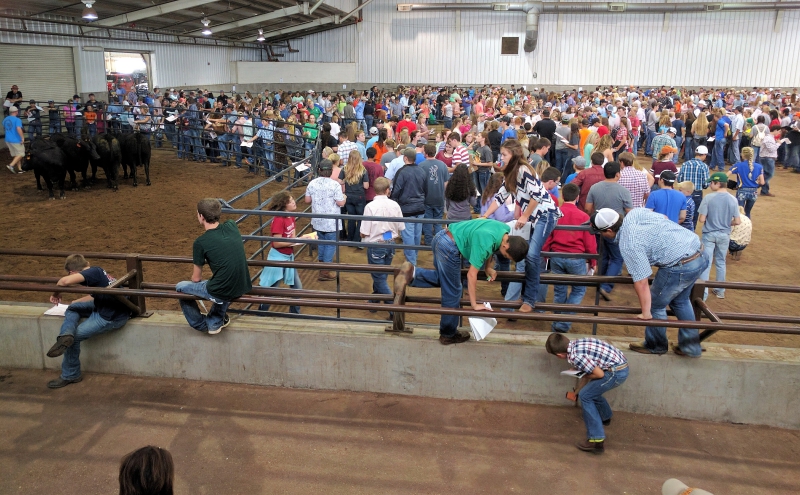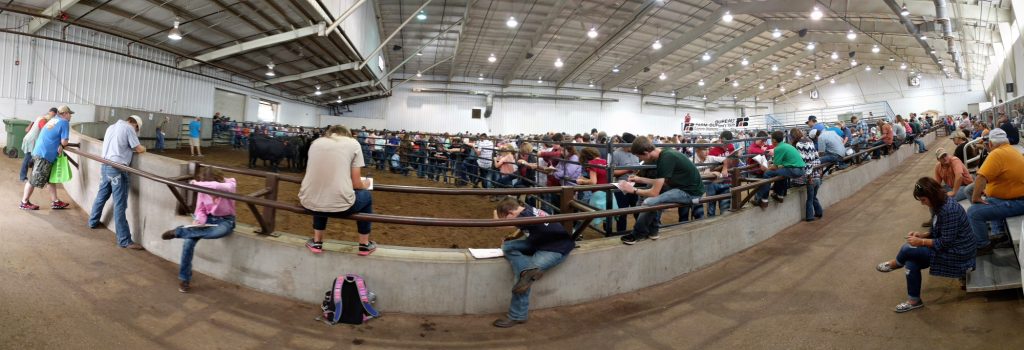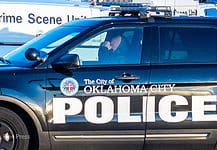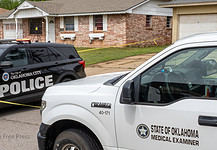Last Updated on December 14, 2016, 3:30 PM | Published: September 17, 2016
It’s the first Saturday of the Oklahoma State Fair.
On the other side of State Fair Park from the well-known carnival rides, Katy Leard is competing with the mass of 1,035 other 4-H and FFA youth from across the state in the Livestock Judging competition. It’s one of the many parts of the fair that city-dwellers from Oklahoma City often miss.
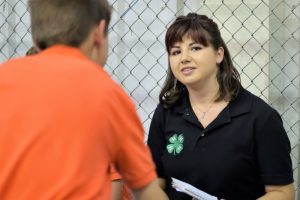
The wholesome-looking Caney Valley High School sophomore seems to thrive on the competition of livestock judging. Simultaneously she is talking to her Washington County 4-H Livestock Judging Team members and listening to the judges giving “reasons” for how they placed each of the 10 classes of livestock. Her eyes dart from one team mate to the other and down again at her own scoring.
Katy is eager to compete. And it’s a good thing she is, because the competition is stiff.
The livestock judging contest at this year’s fair in Oklahoma City drew 1,036 students who are in 4-H and FFA, two organizations that promote character and a broad range of knowledge.
Those 1,000+ students ranked ten classes of livestock such as hogs, cattle and sheep. It’s tough because the judges have intentionally chosen livestock that look very much alike to the casual and maybe even experienced observer.
Maybe it’s luck?
Each class has four of the same kind of livestock that students are expected to rank 1 through 4.
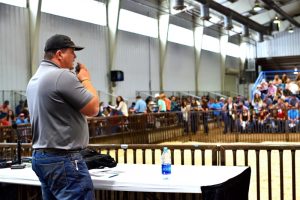
Specialists from Oklahoma State University and teachers from various 4-H and FFA programs around the state judge the classes to set the standard, then the students compete to see who can get the closest.
The hard part is when a class of four all look alike. which is most of the time. The leaders who set up the competition know that this is the big state competition, so they make it hard. It’s hard enough that some students feel getting a good score is more than just skill.
Leard believes “matching your opinion with some of the officials” is the most challenging part.
Her eyes narrow as she tells Free Press, “About half of this is just luck – matching what you think some of the coaches and officials think.”
But would the judges think that it’s luck? “No, they would say that they are completely right. But my point of view is that it’s completely luck of the draw doing this.”
Overcoming complexity
To those of us whose closest encounter to livestock is shopping in the meat department, the process at the fair can appear simple. But it’s not.
It becomes more complex for the contestants because the groups of four livestock are raised for different purposes even within the same species.
For instance: A group of four heifers (female breeding-age cattle that have not yet had a calf) are going to be judged and ranked differently than a group of four steers (castrated male cattle raised to end up on your table). And those groups would be judged differently than bulls (male cattle meant to breed the heifers). Each type has a certain purpose and so must have different physical qualities.
Got it? That’s just cattle.
Then, students have to learn how to judge the same granular classes of sheep and hogs. And all of that knowledge is supposed to come into play in the same competition.
It can be dizzying complexity for the contestants, thus, Leard’s feeling of its being a matter of “luck” sometimes.
Giving “reasons”
Giving oral “reasons” is absent in the state fair competition because of the sheer numbers of contestants. But most livestock judging competitions have a “reasons” element, where each contestant has a limited length of time to give a speech to one of the judges about why they ranked a particular class the way they did.
It’s a test of a young person’s nerve to stand alone in front of an Oklahoma State University cattle specialist and give reasons why they ranked a class of steers the way they did.
But the most competitive, like Leard, thrive on the competition.
She said, “Speaking confidently enough to make a reasons-taker question their own placing – that’s been one of my goals.”
“It’s speaking confidently about what you believe in,” Leard said, “that you got it right and then they need to change their view. That has to be the hardest thing in my mind.”
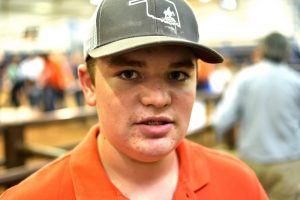
Dewey Jr. High 8th-grader Brayden Adcock, another of the Washington County team said he was “a little nervous” competing against over 1,000 other 4-H and FFA kids.
He said the public speaking skills of giving reasons is what he values most, although the knowledge he is gaining about livestock will serve him well in the future. His technique for giving good reasons? “When you are judging a class you kind of have to take mind pictures of them while you are judging.”
He plans to go on with livestock judging in college with a livestock judging team like Redlands in El Reno, and then on to complete his degree at OSU.
Leadership

At the fair, Katy was busy talking to the Junior 4-H team members about their ranking compared to the judges’ reasons they were hearing after the official score cards had been turned in. It’s one of the leadership expectations 4-H and FFA have of their youth as they get older.
She also wants to go on to college and be on college-level judging teams, ending up at OSU.
Indeed, college judging competition has become popular and competitive.
One of many examples was just one event, the Tulsa State Fair Collegiate Livestock Contest (separate from the youth contest). It had a total of 414 contestants.
Some youth teams compete more and some less. According to adult leaders with the Washington County 4-H Judging team, they enter about 10 contests per year.
Next competition
As people started drifting away to find lunch and wait for the results to be posted, the Washington County team were still talking over their scores and discussing the reasons the judges just gave for their ranking. They are already preparing for the next competition as all successful competitors do. They seem to embody the 4-H motto: To make the best, better.
NOTE: In anticipation of the roll-out of this site, we began to gather and write news through the course of 2016. To help our readers understand the context of this story, the date reflects when it was gathered and written. Free Press went online October, 2016.
Founder, publisher, and editor of Oklahoma City Free Press. Brett continues to contribute reports and photography to this site as he runs the business.
